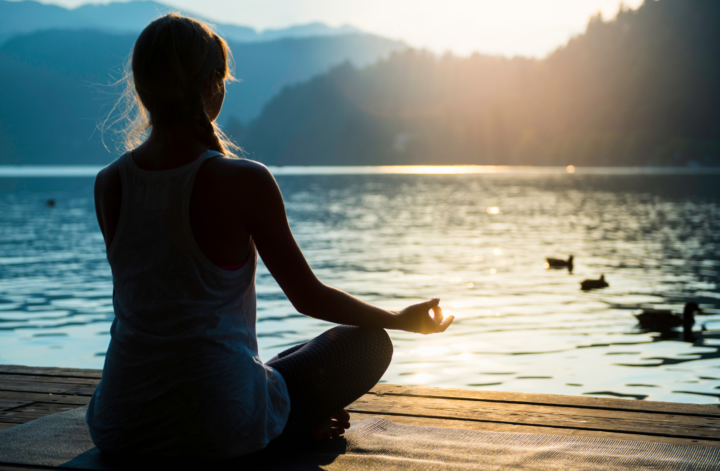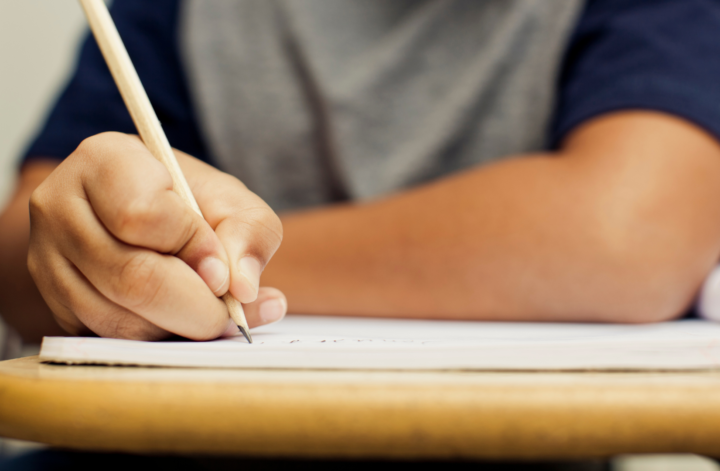Are you tired of feeling like your fitness journey is a never-ending uphill battle? Have you tried every diet and exercise trend out there, only to see little progress? It’s time to tap into the power of mindfulness. The practice of meditation can transform your approach to both physical and mental health, leading to more effective workouts, healthier eating habits, and an overall boost in well-being.
In this blog post, we’ll explore how incorporating mindfulness practices into your fitness routine can help you achieve your goals with greater ease and joy than ever before. Get ready to discover the transformative benefits of meditation!
Mindfulness is a powerful tool that can help you on your fitness journey. It can help you to become more aware of your body and what it needs, and to make better choices about your diet and exercise. It can also help you to cope with stress and anxiety, which can be roadblocks to success.
What is Mindfulness?
Mindfulness is the quality or state of being aware and present in the moment. It is a form of meditation that can be practiced with or without the guidance of a teacher. When you are mindful, you are focused on your breathing and your thoughts, and you are not judgmental about them. You simply observe them as they arise and pass away.
The benefits of mindfulness include reducing stress, anxiety, and depression; improving sleep; and increasing focus, concentration, and overall well-being. Mindfulness can also help to boost your fitness journey by helping you to stay present in the moment and be more aware of your body and movements.
Benefits of Mindfulness and Meditation
Mindfulness and meditation are two powerful tools that can help you on your fitness journey. Mindfulness can help you become more aware of your body and your surroundings, while meditation can help you focus and relax your mind.
Both mindfulness and meditation have been shown to have numerous benefits for physical and mental health. Below are some of the benefits of mindfulness and meditation:
- Improves cardiovascular health
- Reduces stress and anxiety
- Increases energy levels and stamina
- Boosts immunity
- Enhances brain function
How to Start Practicing Mindfulness
When it comes to mindfulness, the first step is always the hardest. But once you get started, you may be surprised at how easy it is to integrate mindfulness into your daily routine. Here are a few tips to help you get started:
- Set aside some time each day for mindfulness practice. It can be as short as five minutes or as long as an hour. Just find a time that works for you.
- Use a timer or an app to keep track of your meditation time. This will help you stay on track and prevent you from getting distracted.
- Make sure you’re in a comfortable position. You can sit in a chair with your feet flat on the ground, or you can sit cross-legged on a pillow on the floor. Just make sure you’re not straining yourself.
- Close your eyes and focus on your breath. Listen to the sound of your inhales and exhales, and feel the sensation of air moving through your nose and mouth. If your mind wanders, simply bring your attention back to your breath without judgement.
- Once the timer goes off, take a few deep breaths and slowly open your eyes . Congratulate yourself on completing another mindfulness session!
Establishing a Daily Routine
When it comes to meditation and mindfulness, consistency is key. Just like with any new habit, it takes time and effort to establish a daily routine. But once you do, the benefits are worth it. Here are a few tips to help you get started:
- Find a quiet place where you can sit or lie down comfortably. If you can, aim for somewhere with fresh air and natural light.
- Set a timer for however long you want to meditate for. Start with 5-10 minutes if you’re new to meditation, and work your way up from there.
- Close your eyes and focus on your breath. Breathe in and out slowly and evenly, letting your mind and body relax.
- If your mind wanders, that’s okay! Just gently bring your attention back to your breath.
- When the timer goes off, take a few deep breaths and slowly open your eyes.
Combining Meditation and Exercise
Mindfulness meditation is a type of mindfulness that can be practiced while sitting, walking, lying down, or even during strenuous activity. There are many benefits to mindfulness meditation, including reducing stress and anxiety, improving sleep quality, and increasing focus and concentration.
When it comes to physical fitness, mindfulness meditation can also be a powerful tool to help you reach your goals. One study found that combining mindfulness meditation with aerobic exercise was more effective at improving cardiorespiratory fitness than either activity alone.
So if you’re looking to boost your fitness journey, consider adding some mindfulness meditation to your routine. It may just give you the extra edge you need to reach your goals.
The Different Types of Meditation
Mindfulness meditation is a form of mindfulness that is widely practiced in the western world. It involves sitting in a comfortable position with the eyes closed and focusing on the breath. The aim is to focus on the present moment and let thoughts come and go without judgment.
There are many different types of mindfulness meditation, each with its own unique benefits.
Below, we will explore some of the most popular types of mindfulness meditation:
1. Body Scan Meditation:
This type of mindfulness meditation involves slowly scanning the body from head to toe, noticing any sensations that arise. It is a great way to increase awareness of the body and can be helpful in reducing stress and tension.
2. Sitting Meditation:
Sitting meditation is one of the most common types of mindfulness meditation. As the name suggests, it involves sitting in a comfortable position with the eyes closed and focusing on the breath. It is a great way to learn how to focus the mind and can be helpful in reducing stress and anxiety.
3. Walking Meditation:
Walking meditation is a great way to move your body while also practicing mindfulness. It involves walking slowly while paying attention to your breath and surroundings. Walking meditation can be especially helpful in reducing stress and improving concentration.
4. Loving-Kindness Meditation:
This type of mindfulness meditation involves sending positive thoughts and wishes to yourself and others. It is a great way to cultivate compassion and can be helpful in reducing anger, hatred, and jealousy.
Working with a Professional Trainer
When it comes to meditation and mindfulness, working with a professional trainer can be extremely beneficial. A professional trainer can help you learn how to meditate effectively, and they can also provide guidance and support during your mindfulness practice.
If you’re new to meditation, working with a professional trainer can help you get started on the right foot. They can teach you how to sit properly, how to focus your attention, and how to develop a regular practice. Once you’ve learned the basics from a professional trainer, you’ll be able to meditate on your own with confidence.
If you’re already familiar with meditation, working with a professional trainer can still be helpful. A trainer can offer guidance and support as you deepen your practice. They can also help you explore different types of meditation and find techniques that work best for you.
Meditation has been proven to be a powerful tool for boosting your fitness journey, both mentally and physically. With the right practice, you can use mindfulness to increase your focus and concentration while working out and achieve better physical performance. It also helps reduce stress levels which are often associated with an unhealthy lifestyle.
By taking the time to dedicate yourself to mindful practices such as meditation you will find that it is easier than ever before to stay motivated on your fitness journey and keep pushing towards achieving your goals!


